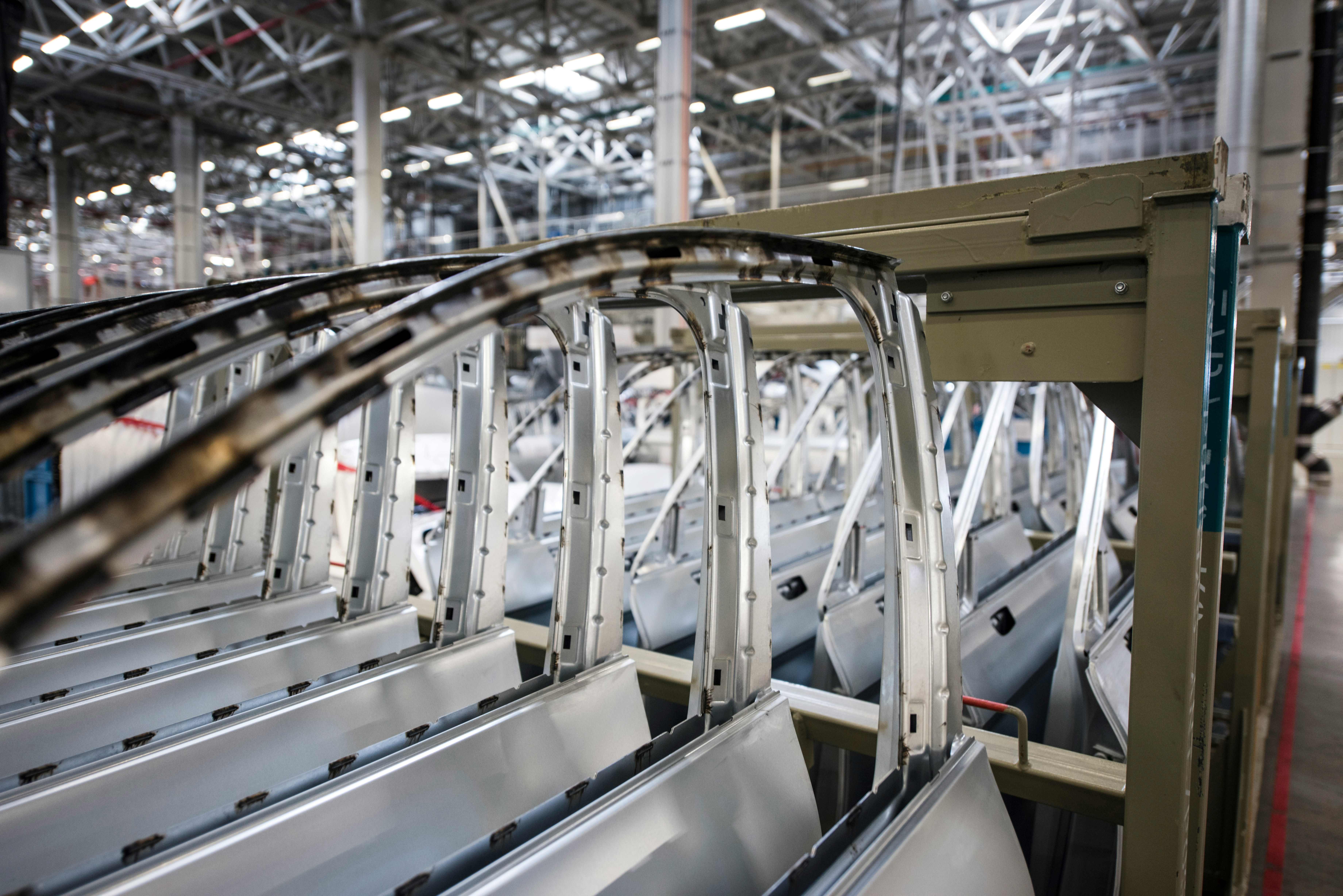
Pressure on industrial machinery is increasing. Higher customer demands at lower costs are forcing organisations to change and rethink themselves. Stanwick guides organisations in full growth or transformation. In this, improving O.E.E. can be a spearhead for companies in Belgian and international manufacturing industries that want to strive for Continuous Improvement and Operational Excellence. And, by extension, ensure their future sustainably.
From our expertise during these trajectories, we share some insights. We realise that this only explains a few facets of O.E.E. as an improvement lever. Interested in more, be sure to get in touch.
We approach the insights on 2 levels:
-
Basic knowledge about O.E.E.
-
Practical experience of implementation of O.E.E.
What is the role of a Stanwick consultant in O.E.E. improvements?
From Stanwick, we have 3 possible roles that we include in operational excellence processes where we improve overall equipment effectiveness (O.E.E.):
- Stanwick trainer
- Stanwick consultant
- Stanwick interim project manager
Learn more about the 3 roles: https://www.stanwick.be/en/about-stanwick
What are the Stanwick cases in Operational Excellence projects?
From Stanwick, we have supported several O.E.E. transformation projects in numerous industries (chemical, pharmaceutical, petrochemical, food, construction).
Learn more about our cases: https://www.stanwick.be/en/cases
Feel free to contact us for more info.
Jeroen Van den Hove


